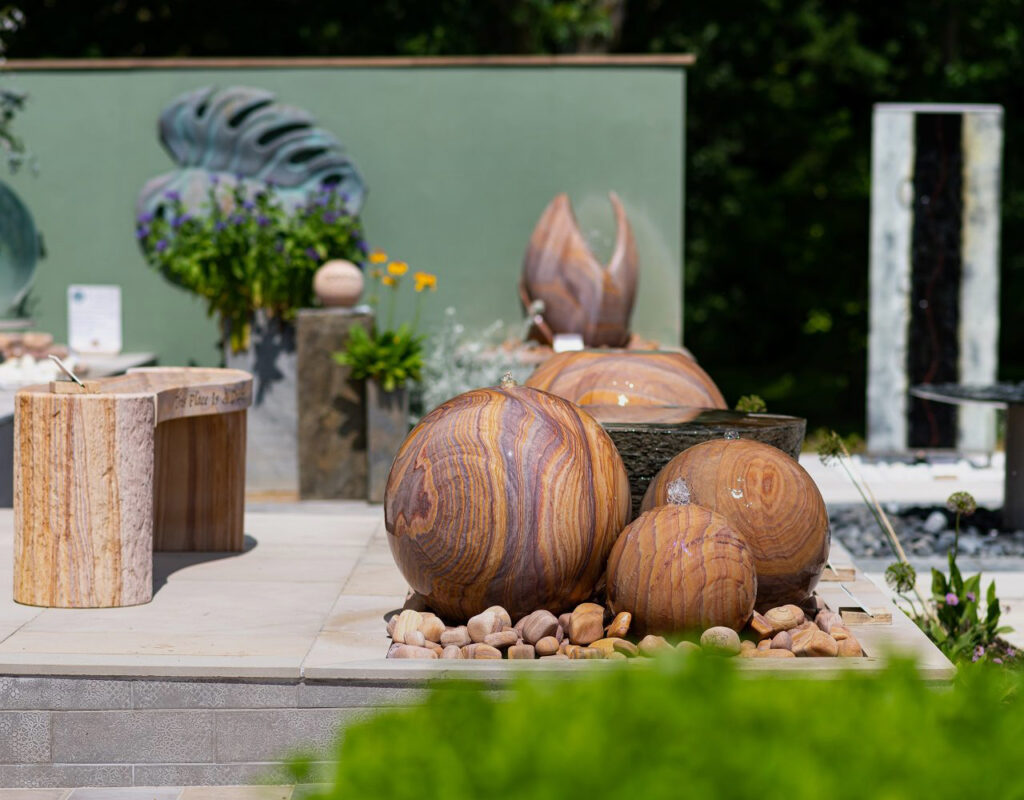During this lockdown period, we’re going to share with you some very helpful tips and tricks to get your garden looking it’s best!
8 Top Tips for Planting Troughs
1. A trough is an attractive alternative to a wooden raised bed. They are available in many shapes and sizes and are easy to maintain. They’ll also keep any pests that like to burrow at bay – say goodbye to those pesky moles!
2. Designing your garden: Careful selection of plants, choosing the right trough planter and its strategic placement in the area can make it a focal point of your garden. Match the planting with the style of your garden can help your gardens theme move onto your patio.
3. What to plant? Troughs are subtle to show off small plants that get hidden otherwise. When it comes to what to grow, you can choose among annuals, succulents, perennials or alpines. Bellflower, catchfly, flowering onion, iris, aloe, hen-and-chicks are some of the most popular choices. But make sure not to mix alpines with annuals & perennials as they have different growing requirements.
4. Drainage: The principles that apply to containers also apply to troughs. To ensure your troughs have proper drainage, drill holes in their bottom (we can do this for you). Another common practice is to fill the planters with a coarse material like gravel if you’re bringing your planting indoors. This will keep roots of your plants out of excess water.
5. Watering: Troughs dry out faster than planting directly into soil so make sure to water them frequently. Put your fingers and check to detect moisture, if there is a scarcity, water again. But don’t over-water as it will prevent plant roots from breathing.
6. Measure twice, cut once: Plan your garden! Troughs are heavy, so choose a place wisely as once kept, they will be hard to move anywhere else.
7. Create a water garden: Troughs are great water garden too. You can grow various plant species like hard water lilies, dwarf cattails, water hyacinths, lotus or unusual grasses. Before starting one, fill up the trough with water (rainwater is best) and allow it to sit for some days before placing your plants in!
8. Soil! A lightweight potting soil that is capable of retaining air and water circulation should be used for your trough planting. You’ll be able to find the best sort in your local garden center.
